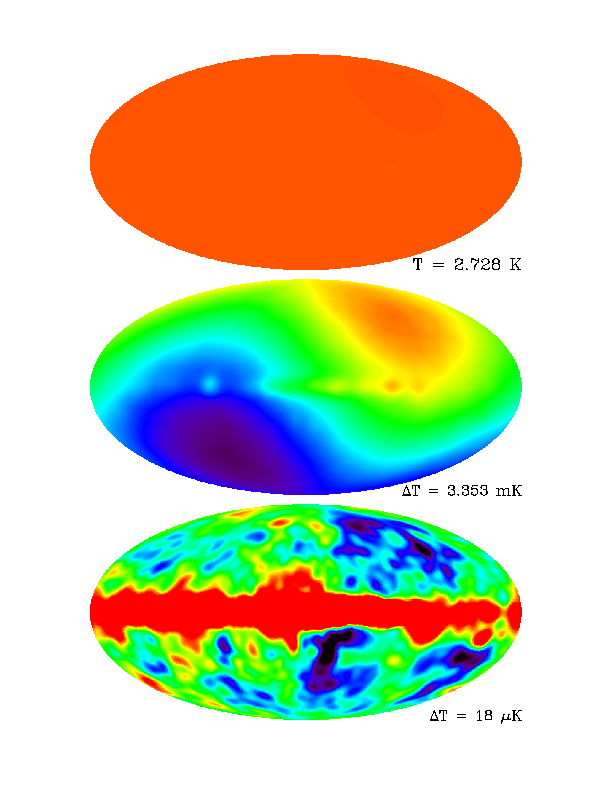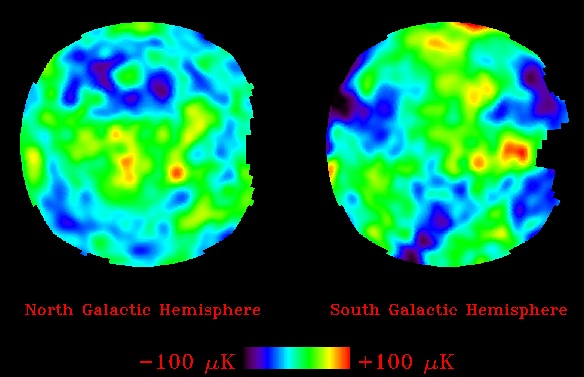
Sure! As a hot hydrogen-plus-helium mixture cools, there comes a point when all the electrons settle down into the ground states of their atoms. The temperature at this point is around 3000 Kelvin degrees, and temperature is thought to have been reached about 100,000 years after the big bang. The really sweet part about this is that the universe went from opaque to transparent at this time. All the light from the 3000-degree fireball began streaming out across space, instead of being scattered and reprocessed by all the free electrons.
Locally, this epoch of the universe is a distant memory. But if you look out into the universe, light travel time begins to approach the age of the universe, and you can SEE the 3000-degree fireball directly, albeit severely redshifted.
The big redshift means that the "cosmic background radiation" looks much cooler. Only 2.7 degrees above absolute zero. It takes a space telescope sensitive in the microwave region to really map out this long-wavelength light, although its initial discovery was made from the ground in a limited wavelength range.
Here are all-sky maps from the COBE satellite. (COsmic Background Explorer) The first panel emphasises the overall homogeneity of the background radiation. The second has a greatly stretched intensity scale (3.353 milli-Kelvin) so that the dipole nature of the radiation is evident. This is almost certainly due to the Milky Way's peculiar velocity with respect to the "average" universe. The third panel has the dipole subtracted, so that the chief remaining feature is emission from the plane of our galaxy. However, toward the north and south Galactic poles there is a clear, uncontaminated view of the universe at large.


By 2004, the Wilkinson Microwave Anisotropy Probe (WMAP) had repeated the
COBE experiment with much greater dynamic range and clarity. Here is
the map, with the average, the dipole, and the galactic components all
subtracted off, leaving just the cosmological imprint.
